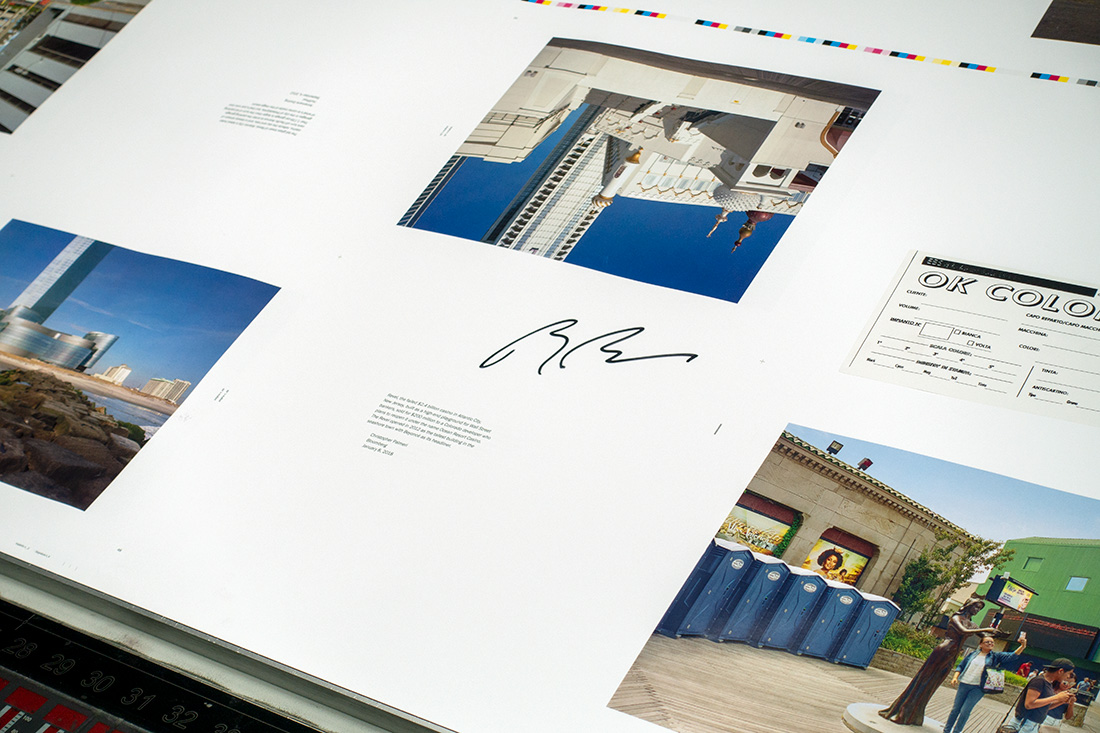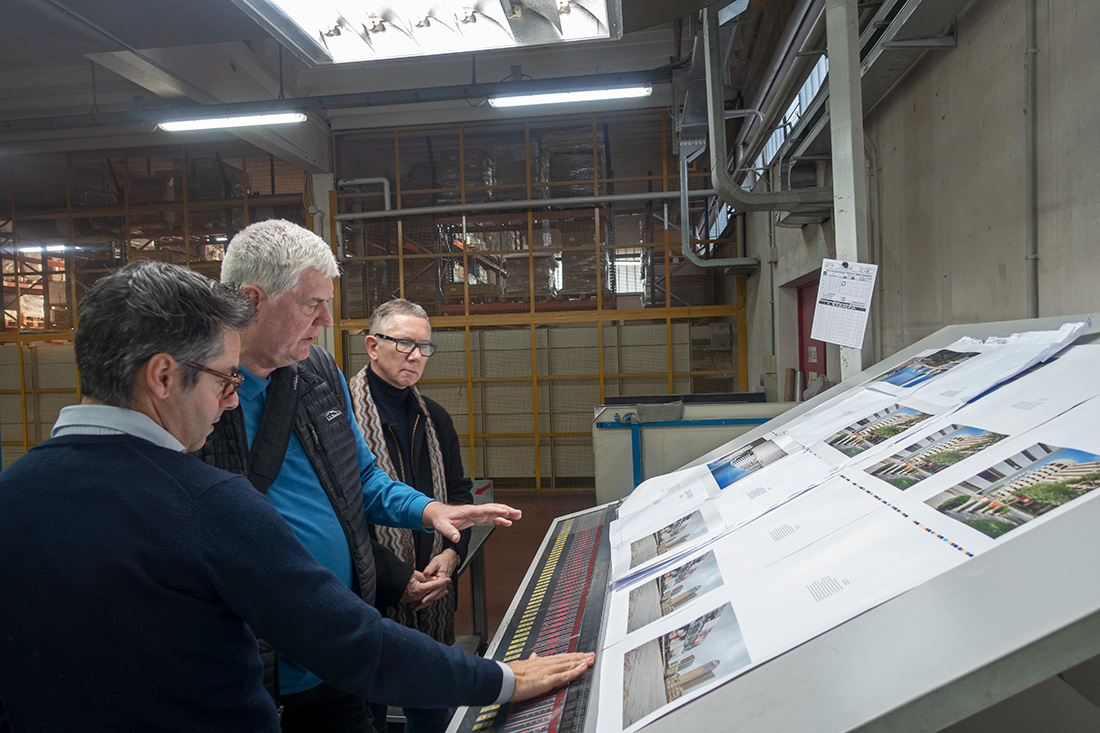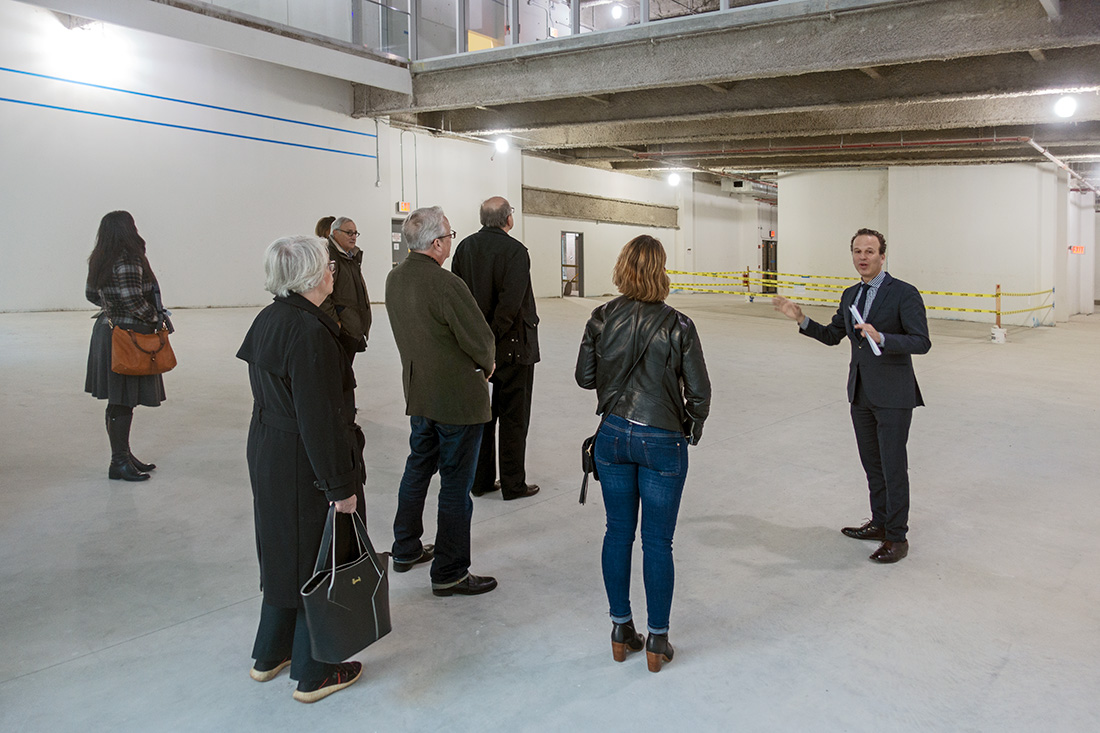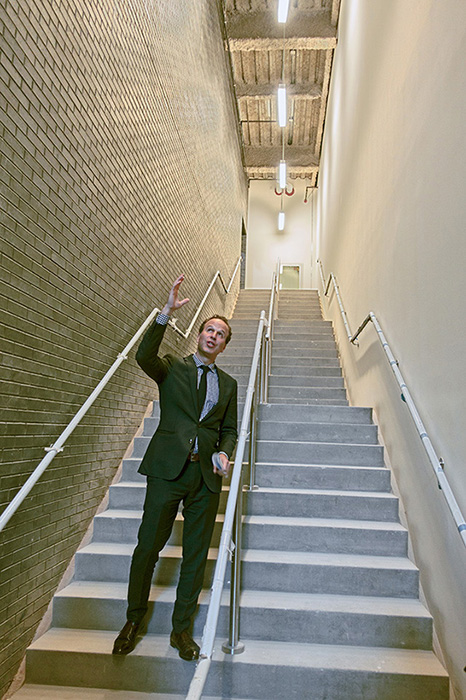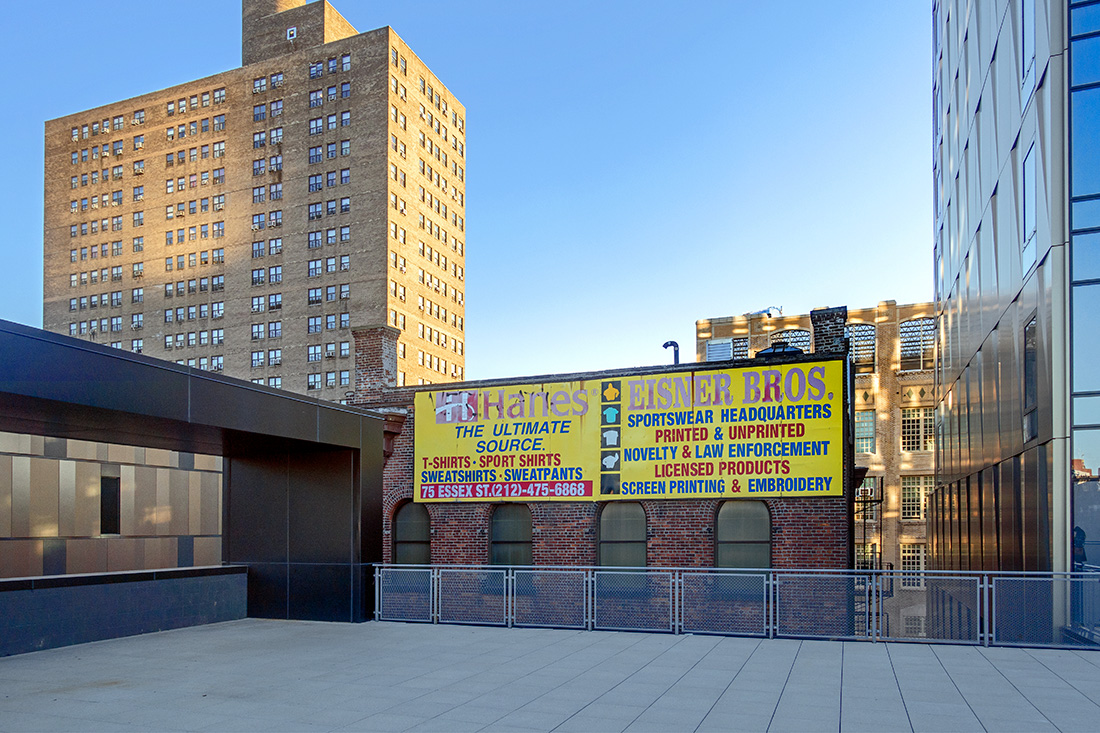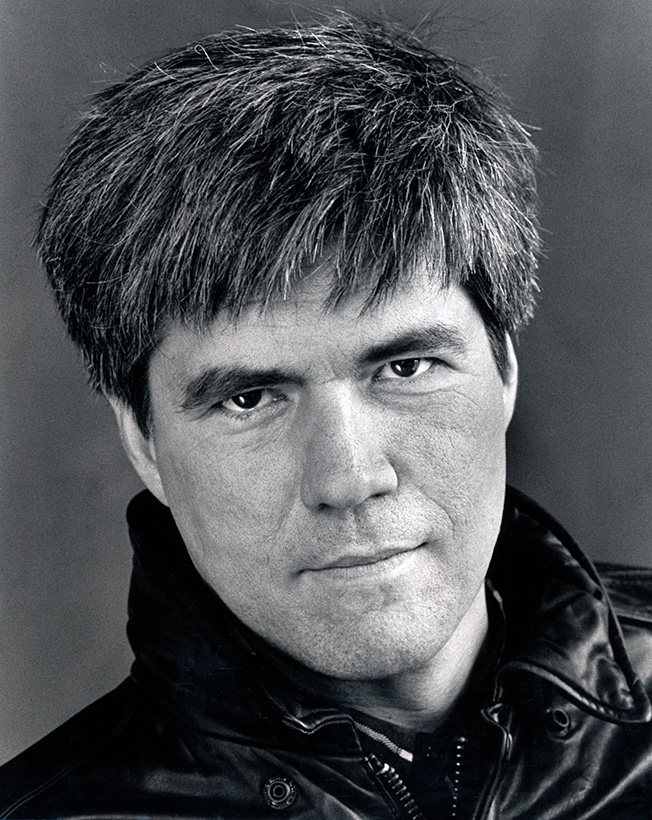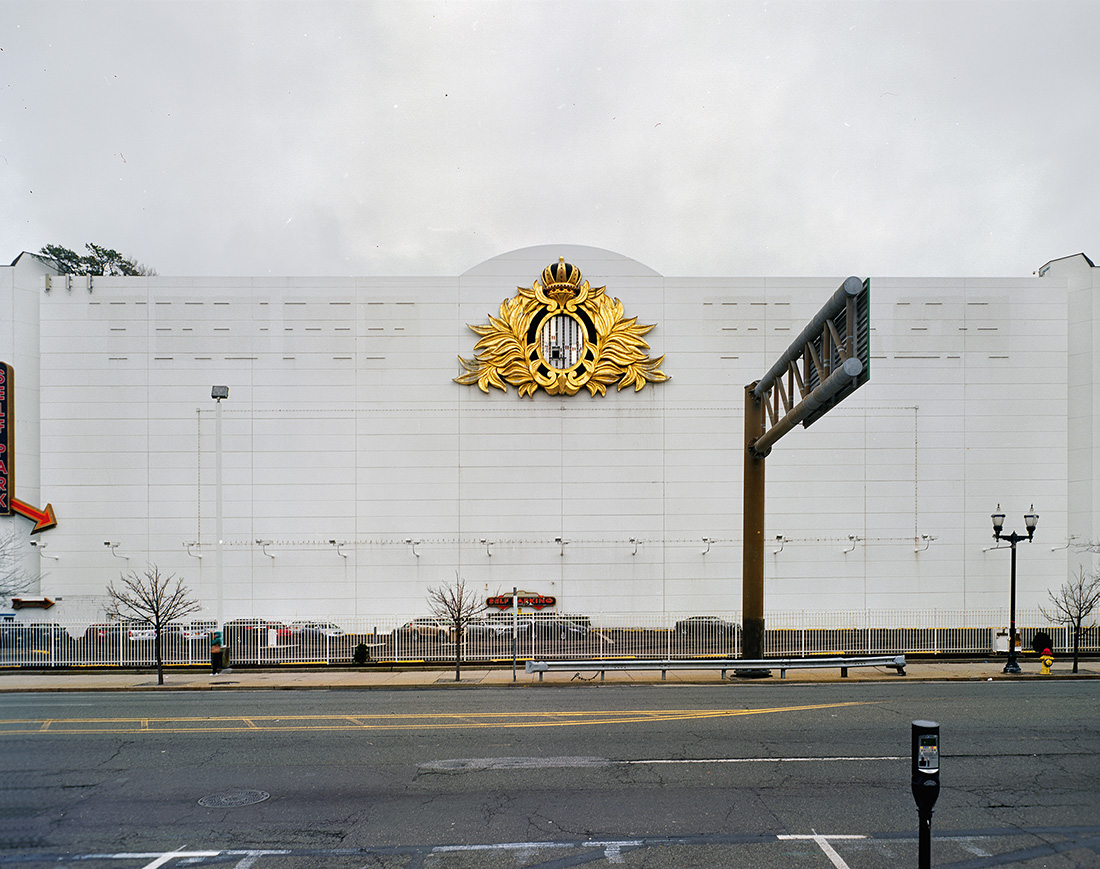
Ocracoke Island — © Brian Rose
A few loose ends from the last day or two of our vacation to Ocracoke on the Outer Banks of North Carolina. We walked to Springers Point, a nature preserve on the Pamlico Sound, and along the way we encountered the sign above. We did not see any slow children, but we kept an eye out for them.

Springers Point, Ocracoke — © Brian Rose
Springers Point is the highest spot on the barrier island of Ocracoke and features a well-maintained nature trail that leads to a small beach on the sound. Someone left a cooler with bottles of water next to the trailhead — $1 each on the honor system.

The Coastal Trust website says: “This tranquil Preserve was opened to the public on May 20, 2006 and encompasses more than 120 acres of maritime forest, tidal red cedar forest, salt marsh, wet grasslands and sound front beach. You’ll pass ancient, gnarled live oaks as you make your way along winding trails to the sandy beach overlooking the infamous Teach’s Hole.” Teach was Blackbeard, the pirate, and his hole was where he hid out from the Colonial navy. They got him eventually, and beheaded him right there on Ocracoke.

Springers Point, Ocracoke — © Brian Rose

Springers Point, Ocracoke — © Brian Rose

Brendan and Renee under attack — © Brian Rose
On the beach, we encountered a pelican, which came right up, and was apparently unamused by the fact that we had nothing to offer in the way of food. Being a dutiful photographer, I stepped back and documented the attack of the angry pelican. Just in case you’re concerned, Brendan and Renee survived unscathed.

Ocracoke gravel — © Brian Rose
As someone who loves going barefoot, Ocracoke is great. You can go anywhere and do anything shoeless. But every now and then the sandy soil gives way to gravel parking lots. This stuff should be illegal.

Jolly Roger Pub — © Brian Rose
There are a lot of good restaurants in Ocracoke, but we’ve come to the conclusion that the simpler the better. Sitting outside in the evening having steamed shrimp with a beer is the way to go. And the local 1718 craft beer is terrific. That didn’t exist, of course, on our previous trips to Ocracoke. And another place that did not exist, Eduardo’s, a taco truck next to the Variety Store, has the greatest seafood tacos ever. No lie.

Jolly Roger dock — © Brian Rose
The best place to watch the sun go down over Silver Lake, Ocracoke’s harbor, is from the Jolly Roger dock. About 20 or 25 people gathered when I was there. We had a week of almost perfect weather — a few stray showers here and there — but mostly sunny, breezy, with almost no mosquitos or flies, which we’ve encountered in the past.

Norfolk International Airport — © Brian Rose
Leaving Ocracoke we drove north up the Outer Banks to Norfolk — about four and half hours — where we flew back to New York. In the airport there was a painting of the battleship USS Wisconsin.


